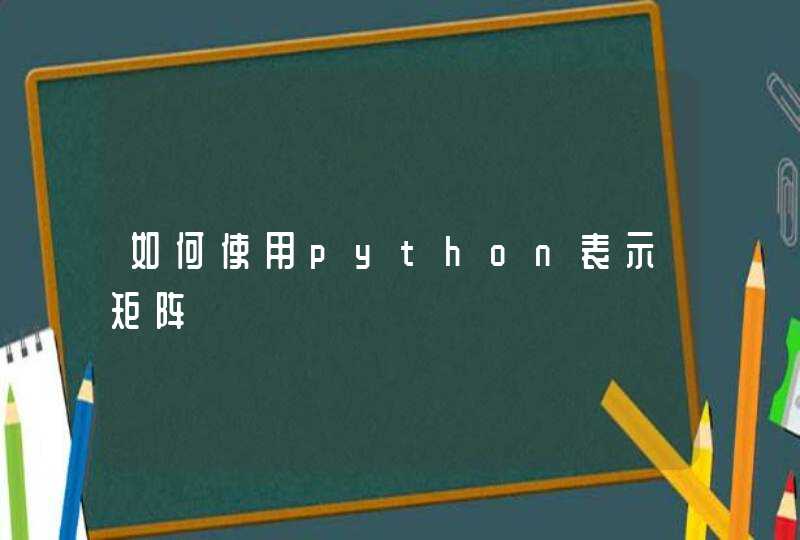
glm(generalized boosted models)
glmnet(generalized linear models)
glm使用了boosted trees,glmnet使用了regression
# load libraries
library(caret)
library(pROC)
#################################################
# data prep
#################################################
# load data
titanicDF <- read.csv('http://math.ucdenver.edu/RTutorial/titanic.txt',sep='\t')
titanicDF$Title <- ifelse(grepl('Mr ',titanicDF$Name),'Mr',ifelse(grepl('Mrs ',titanicDF$Name),'Mrs',ifelse(grepl('Miss',titanicDF$Name),'Miss','Nothing')))
titanicDF$Age[is.na(titanicDF$Age)] <- median(titanicDF$Age, na.rm=T)
# miso format
titanicDF <- titanicDF[c('PClass', 'Age','Sex', 'Title', 'Survived')]
# dummy variables for factors/characters
titanicDF$Title <- as.factor(titanicDF$Title)
titanicDummy <- dummyVars("~.",data=titanicDF, fullRank=F)
titanicDF <- as.data.frame(predict(titanicDummy,titanicDF))
print(names(titanicDF))
# what is the proportion of your outcome variable?
prop.table(table(titanicDF$Survived))
# save the outcome for the glmnet model
tempOutcome <- titanicDF$Survived
# generalize outcome and predictor variables
outcomeName <- 'Survived'
predictorsNames <- names(titanicDF)[names(titanicDF) != outcomeName]
#################################################
# model it
#################################################
# get names of all caret supported models
names(getModelInfo())
titanicDF$Survived <- ifelse(titanicDF$Survived==1,'yes','nope')
# pick model gbm and find out what type of model it is
getModelInfo()$gbm$type
# split data into training and testing chunks
set.seed(1234)
splitIndex <- createDataPartition(titanicDF[,outcomeName], p = .75, list = FALSE, times = 1)
trainDF <- titanicDF[ splitIndex,]
testDF <- titanicDF[-splitIndex,]
# create caret trainControl object to control the number of cross-validations performed
objControl <- trainControl(method='cv', number=3, returnResamp='none', summaryFunction = twoClassSummary, classProbs = TRUE)
# run model
objModel <- train(trainDF[,predictorsNames], as.factor(trainDF[,outcomeName]),
method='gbm',
trControl=objControl,
metric = "ROC",
preProc = c("center", "scale"))
)
# find out variable importance
summary(objModel)
# find out model details
objModel
#################################################
# evalute mdoel
#################################################
# get predictions on your testing data
# class prediction
predictions <- predict(object=objModel, testDF[,predictorsNames], type='raw')
head(predictions)
postResample(pred=predictions, obs=as.factor(testDF[,outcomeName]))
# probabilites
predictions <- predict(object=objModel, testDF[,predictorsNames], type='prob')
head(predictions)
postResample(pred=predictions, obs=testDF[,outcomeName])
auc <- roc(ifelse(testDF[,outcomeName]=="yes",1,0), predictions[[2]])
print(auc$auc)
################################################
# glm model
################################################
# pick model gbm and find out what type of model it is
getModelInfo()$glmnet$type
# save the outcome for the glmnet model
titanicDF$Survived <- tempOutcome
# split data into training and testing chunks
set.seed(1234)
splitIndex <- createDataPartition(titanicDF[,outcomeName], p = .75, list = FALSE, times = 1)
trainDF <- titanicDF[ splitIndex,]
testDF <- titanicDF[-splitIndex,]
# create caret trainControl object to control the number of cross-validations performed
objControl <- trainControl(method='cv', number=3, returnResamp='none')
# run model
objModel <- train(trainDF[,predictorsNames], trainDF[,outcomeName], method='glmnet', metric = "RMSE")
# get predictions on your testing data
predictions <- predict(object=objModel, testDF[,predictorsNames])
library(pROC)
auc <- roc(testDF[,outcomeName], predictions)
print(auc$auc)
postResample(pred=predictions, obs=testDF[,outcomeName])
# find out variable importance
summary(objModel)
plot(varImp(objModel,scale=F))
# find out model details
objModel
# display variable importance on a +/- scale
vimp <- varImp(objModel, scale=F)
results <- data.frame(row.names(vimp$importance),vimp$importance$Overall)
results$VariableName <- rownames(vimp)
colnames(results) <- c('VariableName','Weight')
results <- results[order(results$Weight),]
results <- results[(results$Weight != 0),]
par(mar=c(5,15,4,2)) # increase y-axis margin.
xx <- barplot(results$Weight, width = 0.85,
main = paste("Variable Importance -",outcomeName), horiz = T,
xlab = "<(-) importance > <neutral > <importance (+) >", axes = FALSE,
col = ifelse((results$Weight >0), 'blue', 'red'))
axis(2, at=xx, labels=results$VariableName, tick=FALSE, las=2, line=-0.3, cex.axis=0.6)
################################################
# advanced stuff
################################################
# boosted tree model (gbm) adjust learning rate and and trees
gbmGrid <- expand.grid(interaction.depth = c(1, 5, 9),
n.trees = 50,
shrinkage = 0.01)
# run model
objModel <- train(trainDF[,predictorsNames], trainDF[,outcomeName], method='gbm', trControl=objControl, tuneGrid = gbmGrid, verbose=F)
# get predictions on your testing data
predictions <- predict(object=objModel, testDF[,predictorsNames])
library(pROC)
auc <- roc(testDF[,outcomeName], predictions)
print(auc$auc)
要做什么编码呢?如果要将因子变量像连续变量使用,可以出来成哑变量,很多包都支持哑变量处理
如nnet包的class.ind函数,caret包的dummyVars函数





































































